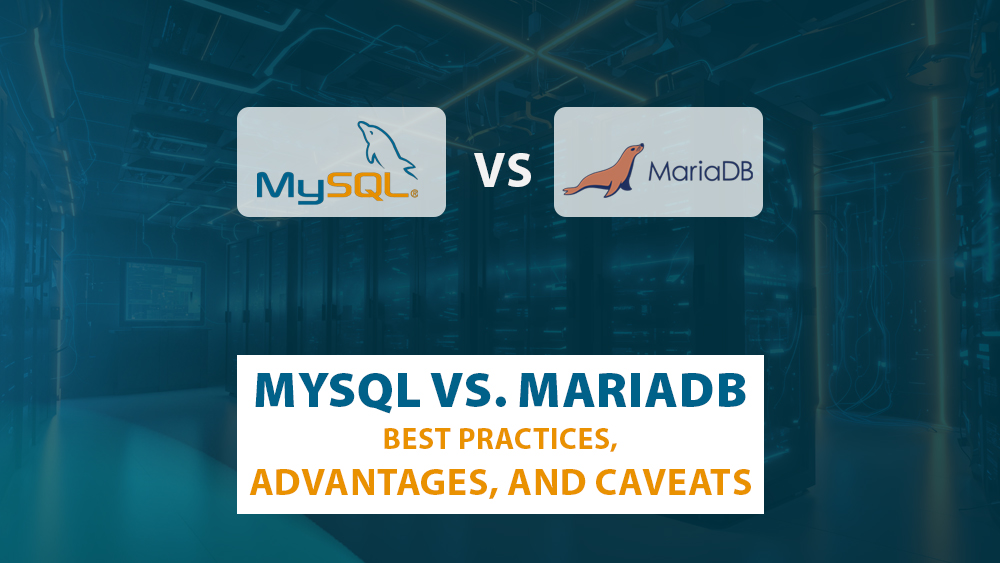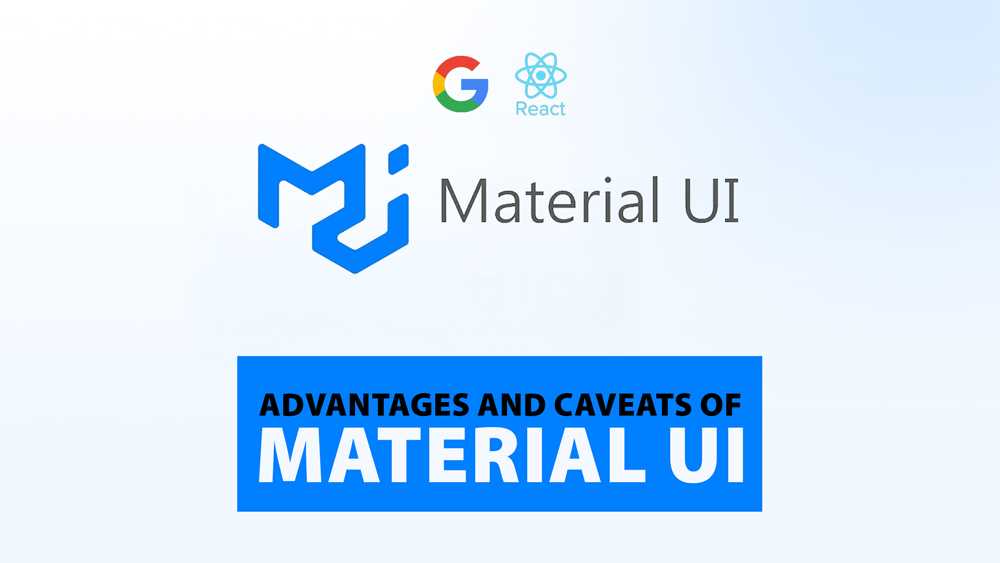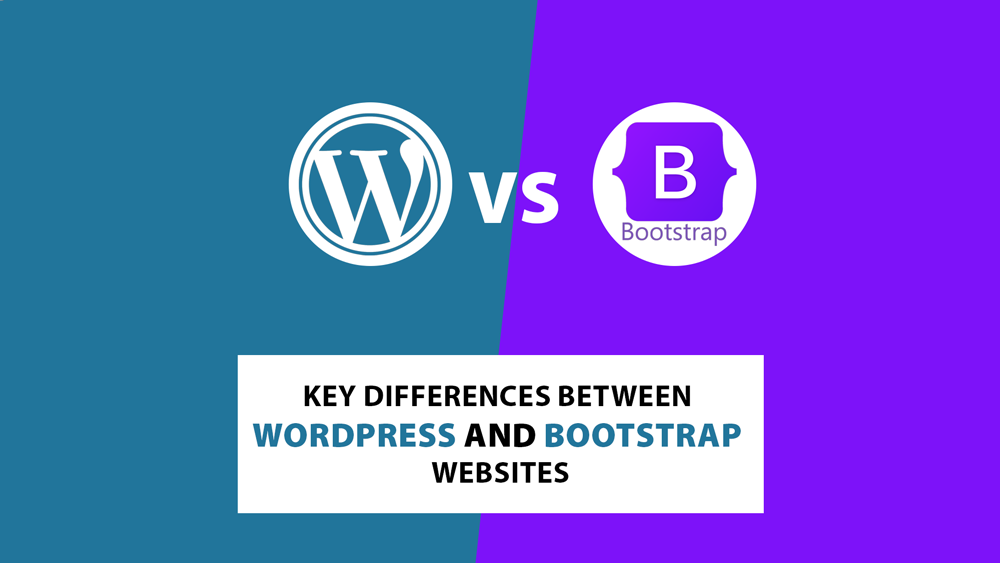MySQL vs. MariaDB – Best Practices, Advantages, and Caveats
Introduction MySQL and MariaDB are two of the most widely used open-source relational database management systems (RDBMS). While MySQL, owned by Oracle, remains the more established choice, MariaDB (a MySQL fork) has gained popularity for its performance optimizations and open-source commitment. This whitepaper compares key features, best practices, and caveats for both databases, helping organizations make informed decisions while optimizing for performance, security, and scalability. Key Differences: MySQL vs. MariaDB Feature MySQL MariaDB Licensing Oracle-owned (GPL + proprietary options) Fully open-source (GPL) Performance Optimized for stability Faster in some workloads Best Practices for Both Databases 1. Optimizing Performance Caveats & Solutions MySQL Caveats Conclusion: Which One Should You Use? Choose MySQL If: You need enterprise support. Choose MariaDB If: You prioritize performance and open-source.
MySQL vs. MariaDB – Best Practices, Advantages, and Caveats Read More »







